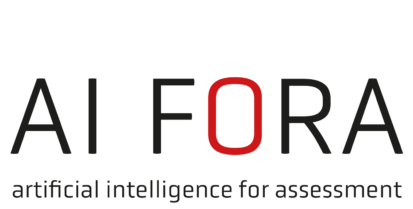Hassan Bashiri
Targeted Subsidies Plan
In Iran, subsidies were paid for commodities and services for decades. More use of energy and a more consumerist life means more benefit from government subsidies in this policy. The government has provided subsidies for basic commodities and energy carriers from long ago. In the manufacturing sector, accessing cheap energy, and in the citizen sector, accessing basic commodities with subsidized support is the umbrella of support extended by the government. These hidden subsidies create social inequalities and reduce the focus on saving and increasing productivity in energy consumption and subsidized goods for both the consumer and the producer.
The targeting subsidies plan (TSP) is the largest project in the history of Iran’s economy, launched by the government at the end of 2010. According to the parliament’s decision, the government was urged to perform duties for various sectors of the country’s economy by adjusting the prices of energy carriers and bringing their prices closer to the actual price, from the revenue of this price increase. The government’s argument for the targeted subsidy plan was that in the method of allocating subsidies to commodities, in practice, the rich receive more subsidies. Therefore, subsidies should be eliminated from the commodity and given directly to low-income households or producers who suffer from rising energy prices.
The targeting subsidies plan has two main pillars and one critical activity:
- Pillar 1: Elimination of subsidies and liberalization of prices of energy carriers, including gasoline, kerosene, electricity, water, etc.
- Pillar 2: Redistribution of revenues from eliminating indirect subsidies and price liberalization.
- Critical activity: Identify eligible households.
As part of the AI FORA research project, one of the most crucial economic transformation projects in developing countries is to be studied as a case study. The Iranian targeted subsidies plan seeks to provide targeted government subsidies to low-income households. Identifying eligible households is one of the most critical and challenging implementation processes of the plan. In recent years, the government has relied on data-driven decision-making and the use of artificial intelligence to launch the “Iranian Welfare Database,” which is attempting to use a variety of complex algorithms to identify target groups with high accuracy.
In the Iranian case study, we seek to understand how the social assessment routines for the distribution of subsidies are organized and institutionalized. How are low-income households identified in the targeted subsidies plan? How much artificial intelligence has been used in identifying eligible households? What changes will the policies focusing on the use of artificial intelligence make in the future of Iran’s public services and social value systems? What part of these changes are fundamental and what part facilitates services?
Finally, we will use participatory methods and agent-based modeling to examine what policies need to be adopted to realize one or more desirable scenarios. What are the behavioral and institutional changes to achieve the desired scenario or avoid undesired scenarios? How can we create better AI that means more responsibility and is in line with the norms and social values of stakeholders?
